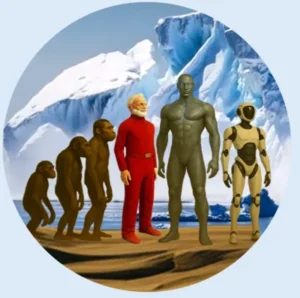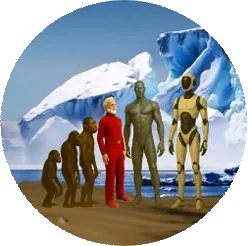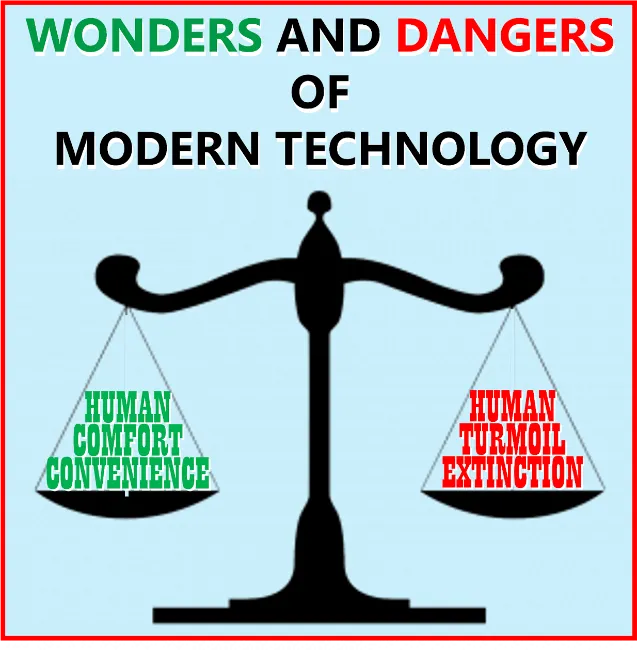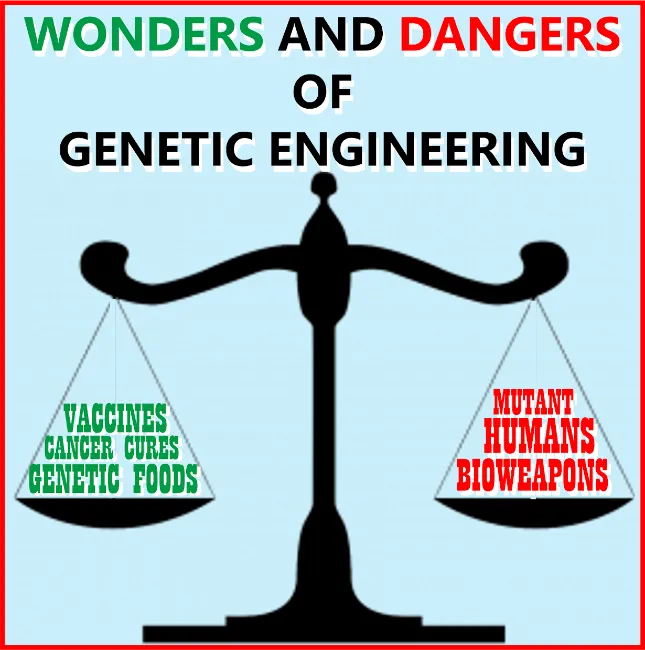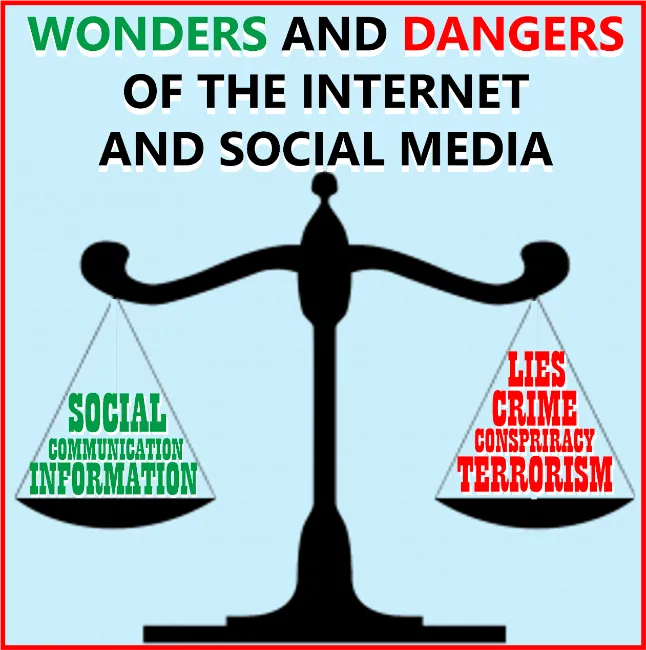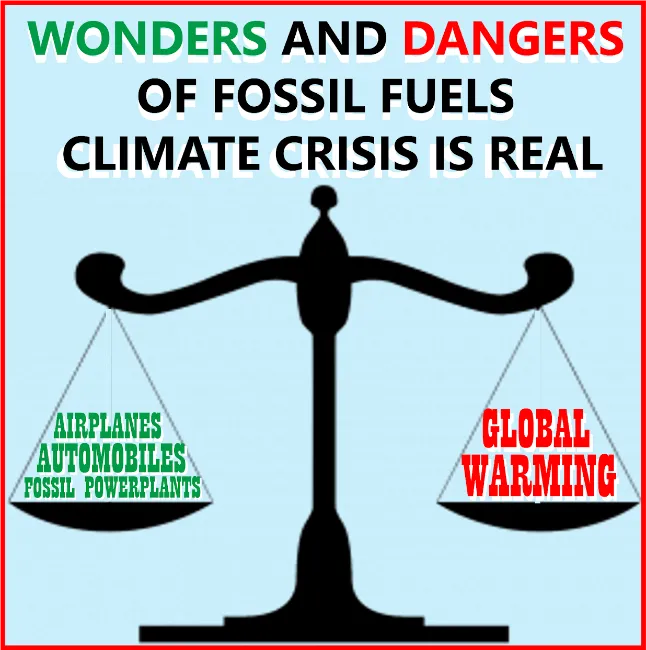PLASTICS NANOPLASTICS
WONDERS AND DANGERS
OF PLASTICS
By Peter Solomon
The clock is ticking…
Time Remaining
YOU CAN MAKE A DIFFERENCE TODAY
- 1. Minimize single-use plastics, opt for reusable alternatives
- 2. Reduce your plastic consumption
- 3. Participate in cleanups.
- 4. Advocate for regulations on more durable plastics and the elimination of microplastic use in all products.
- 5. Recycle properly

Nuclear War could wipe out a lot of us at once. AI could eventually replace us all. Genetic Engineering could create superbeings who wouldn’t want us around. Climate Change can heat up the planet beyond human ability to survive.
But what about plastics, whose wonders (versatility, durability, cost-effectiveness, and a vast array of uses) make it widely used in packaging, healthcare, electronics, consumer goods, construction, and industrial applications. Are plastics a danger to humanity?
POLLUTION: Plastic pollution is a severe environmental problem. Plastic accumulates in the Earth’s environment, negatively impacting ecosystems, wildlife, and human health. It arises from the production, use, and disposal of items, particularly single-use plastics. The durability of plastics make it a pollution menace, harming sea life and creating enormous floating islands like the Great Pacific Garbage Patch (twice the size of Texas). Every step of plastic production and disposal adds to Global Warming.
But the more worrisome danger is from manmade microplastics and the breakdown of plastics into nanoplastics. The word nanoplastics is so new, Spellcheck hasn’t caught up yet. Are these tiny plastics really an existential threat? Since they have now been observed to penetrate all parts of the human body, they might very well cause our extinction.
Most of us are aware that plastics do not break down and disappear, the way other substances do, in a given number of years or centuries. They never disappear, they just get smaller and smaller, becoming tiny microplastics, and invisible nanoplastics. Some microplastics and nanoplastics are formed by the continuous breaking down of larger pieces–think debris from tire wear. Other microplastics have been made small intentionally for addition to detergents, paints, medicines, pesticides, and cosmetic microbeads used in facial scrubs.
HEALTH RISKS: We now have nanoplastics in our hearts, our brains, and our blood. They are in clouds, rain and snow. We know they are in bees’ brains, interfering with their dance that tells where the flowers are. About 30% of our food source could disappear without the work bees do.
There is developing evidence that nanoplastics are involved in heart attacks. But most frightening of all, nanoplastics are in semen. And nobody can tell us what that means for the continuation of the human race. One study showed, “Oral exposure to polystyrene nanoplastics reduced male fertility and even caused male infertility by inducing testicular and sperm toxicities in mice.”
What about humans? Microplastic pollution has been found in all 40 human semen samples tested in one study. The 40 semen samples were from healthy men undergoing premarital health assessments in Jinan, China. Another recent study found microplastics in the semen of six out of 10 healthy young men in Italy.” Researchers say understanding the potential harm to human reproduction is “imperative”.
CURRENT REGULATIONS: Microplastic regulations are needed to control plastic pollution. US regulations focus on phasing out added microplastics in cosmetics. Some states have also enacted restrictions on single-use plastics and the addition of microplastics in products. California has been a leader in addressing plastic pollution by implementing bans on single-use plastic bags and microplastics in certain products, according to the California Ocean Protection Council . The state also has one of the most comprehensive extended producer responsibility programs for plastics in the nation, according to the California Ocean Protection Council .
The European Union has implemented a regulation restricting the use of intentionally added microplastics in various products with phased implementation deadlines for different product categories.
THE PLASTICS MYTH: Manufacturers knew, from the beginning, that plastic pollution would cause huge problems. Following the Big Tobacco “Cigarettes Are Good For Your Health” model, they got ahead of the curve by widely advertising the wonderful efficacy of recycling. And even more deviously, they put the recycling onus on the end-user, the consumer. Plastic recycling rates range from as low as 5% to around 9% globally for all plastics. For packaging, it is virtually 0%.
FURTHER STEPS: There is a need to invest in efficient waste collection and recycling infrastructure, particularly in developing countries. Developing biodegradable plastics, improving plastic recycling processes, and exploring innovative waste management solutions can help address the problem. Incentives should be established for the reduction of plastic production and consumption, and for promoting sustainable practices. Producers should be made accountable and made to pay for cleanup of plastic waste from their products
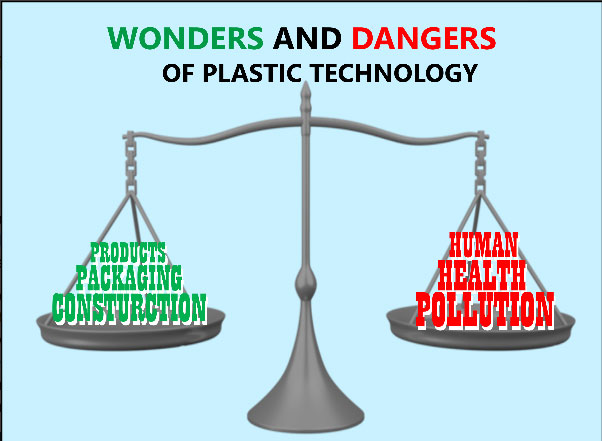
Please visit and follow https://www.instagram.com/100yearstoextinction/ and https://www.100yearstoextinction.com/ for more information on threats to human existence and to information and links to organizations fighting these threats.
